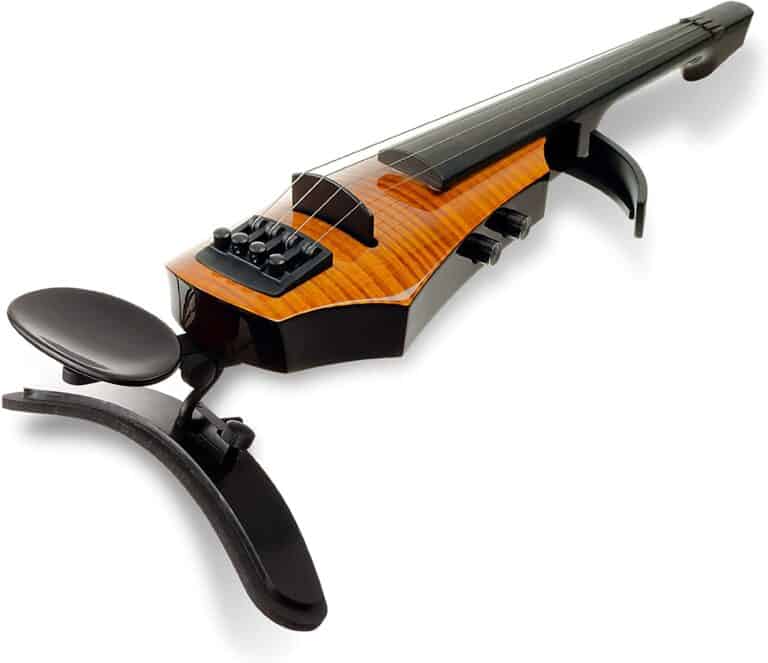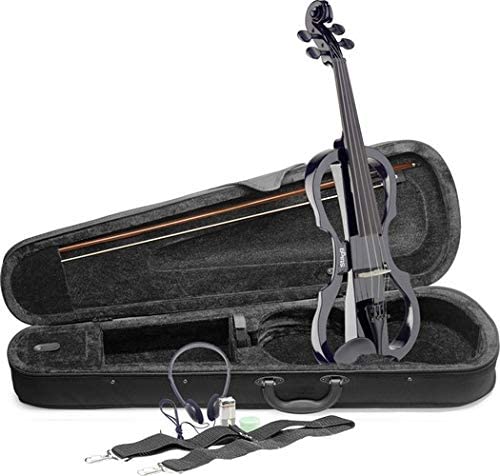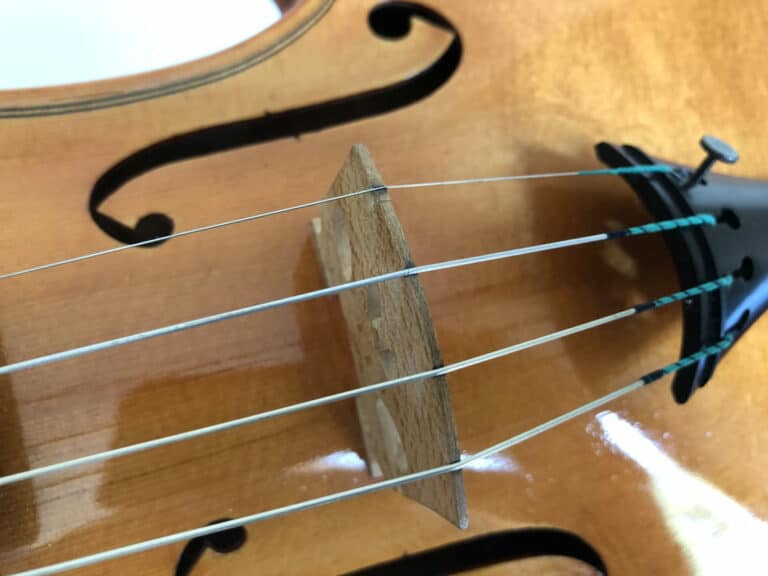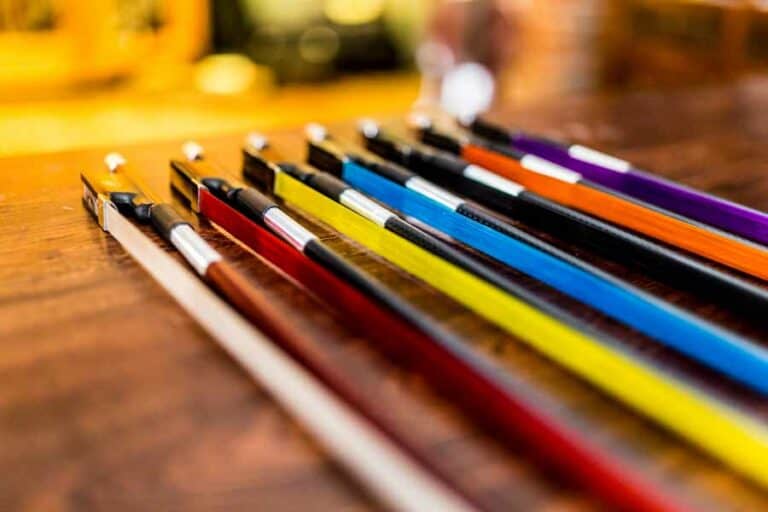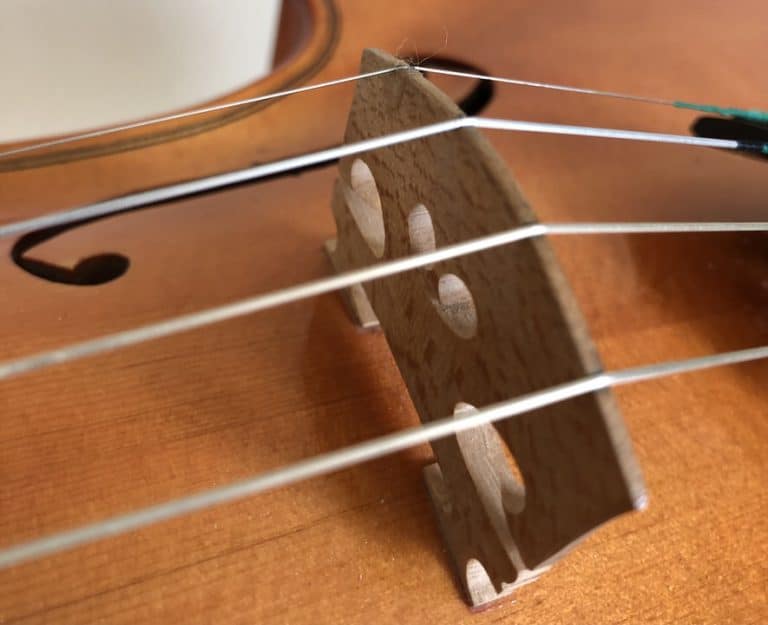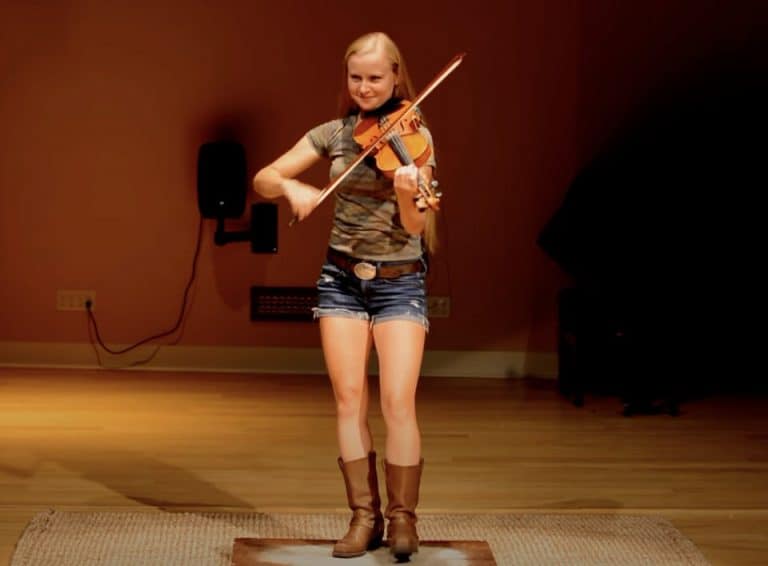5 Reasons why Violin can’t be Self-Taught
Because you don’t know what you don’t know and that the violin is maybe the instrument where posture is most important.
So I wouldn’t only advise having a teacher from the beginning, but have a great teacher from the start, even if it is more expensive. I had to re-learn the violin from the start because I had started off with a mediocre teacher who allowed me to have bad habits. Those habits later hindered my progression and prevented me from playing well.
As you can’t look at yourself when playing, your teacher will be your pair of eyes and give you a base to build your technique. Intonation has no keys or frets to rely on. Your teacher’s ears will be essential in helping you forge your intonation and eventually play in tune. On a violin, the sound is produced a particular way. Your teacher will guide you through the process of learning the balance between bow speed and pressure to get that good sound. Lastly, your teacher will give you much-needed encouragement along the way: he or she has been there!
Some great fiddlers have been able to play the violin beautifully with a unique non-orthodox technique, but they are the exception. This is not something to recommend to an average beginner.
1. Posture and instrument hold: your teacher is a key
The way a violin has to be held can be seen as awkward, unnatural. Even if everything is made to mitigate that feeling and good players look like they are part of the instrument, a beginner who picks up a violin for the first time will find it difficult to hold it properly.
And it isn’t just a problem of proper hold for the sake of it. The way a violinist holds the instrument will have a significant consequence on technique down the line. A bad hold can have severe effects on intonation, tone production and can make or break a career. With a bad hold, muscular fatigue can occur, with nerves and tendons having injuries. An uptight hold is terrible for everything: fast playing will be impossible, double stops will be out of tune, shifting will be hazardous, and on and on. I have described in my post on how to relax playing the violin all the things that can go wrong when a bad uptight hold has become the norm.
That is the first reason why a teacher is crucial. For every musical instrument, posture and hold are essential. But maybe the violin is the instrument where it is vital, not only for comfort but for music production in itself. It is not a matter of better technique, and it is a matter of music itself. So it is a question of the nature of the instrument.
If you pick up the instrument all alone, chances are you will grab it, apply tension and pressure, squeeze the neck, force down the bow. This is the wrong path, and bad habits are easy to learn and hard to unlearn.
The role of the teacher is to guide the new violinist on the right path from the beginning. The teacher will help his or her student to:
- check the instrument (and bow). You won’t waste time on a poorly set up instrument, with old and false strings, worn-out bow hair.
- tune the instrument,
- learn the posture of the whole body,
- learn to choose and install the chin rest and shoulder rest correctly,
- learn to tighten and rosin the bow,
- learn to hold the bow,
- learn to hold the violin
Furthermore, each and every mistake will be corrected from the start. That is priceless.
2. No eyes involved in the left-hand or right-hand technique
Another great reason why the violin can’t be self-taught is that it is one of the few instruments where the eyes play almost no part at all. You can’t check what you are doing just by looking.
This has to do with the weird and flat angle at which you can look at the fingerboard and the impossibility of checking your right arm correctly.
The only possible way to check your technique in the absence of a teacher is a mirror (or a camera now that smartphones are so common). I have played in front of a mirror for so many hours to check if my bow is straight, my elbows flat, my string-crossing technique not angular. So a mirror is very important, I would say essential, but only to check what your teacher has taught you to do. It doesn’t replace a teacher.
Your teacher has to be your pair of eyes.
He or she will constantly check your posture and the hold of the instrument, for sure, but the way you stop strings on the fingerboard, the way you place your fingers, how far they are apart, how you prepare them, how you switch them, in what order you raise and put them down. There are so many things to check concerning the left hand that cannot be properly monitored by sight; your teacher will be your eyes and then some.
When it comes to the right-hand technique, again, your arm will be at an angle you can’t check yourself. Your teacher will continually check two angles:
- the angle of the bow compared to the violin: you will learn how to bow straight,
- the angle of the bow (and the position of the right arm and forearm) in string crossing. I won’t develop the required technique for string-crossing on the violin here as it would be out of scope, but it doesn’t come naturally for sure.
Again, your teacher will point you in the right direction and watch your play during lessons. Then, you get a feeling of it. At home, you need to check everything regularly in front of a mirror.
The left-hand and right-hand technique will be first built upon sight and monitoring from your teacher and at home with a mirror. But the more you gain confidence; you will realize that your teacher’s eyes are only a way to guide you in the right direction: you will build your technique by learning and remembering feelings and reflexes. By doing so, you build up your muscle memory. And this is how you learn an instrument. So the role of a teacher is essential.
3. Intonation has to be checked by outside ears
If you play the piano or the guitar, you (just) have to put your finger on a key or a fret and expect the resulting sound to be in tune.
For the violin, again, it is entirely different. You learn to play by feeling the fingerboard. Then your brain associates the learned feeling with the pitch of the note. So the only way to play in tune, in the case of the violin, is to acquire the muscle memory that stores a hand position and its corresponding note. And, as the fingerboard is small, the required hand position is actually a micro-position. I have explained how to play in tune on the violin: it is a long process.
You have to forge and retain the correspondence between a body gesture (micro-gesture) or position and a pitch in your brain. Again, you understand why the posture and instrument hold is crucial; see above.
Ok, but when you start: where is the anchor point? Position can vary, and notes are fluctuating… Now you understand, your teacher is your reference point from the start —the tree in the quicksands. Without an external ear and an outside absolute reference point, you can’t start. Especially if the violin is your first instrument.
- Your place your finger on the fingerboard,
- You hear a sound,
- Your teacher, as a reference point, hears the sounds and says “too flat”,
- You correct your finger placement,
- Your teacher validates the new pitch,
- Your brain associates the new pitch with the note,
- Your brain associates the new note/pitch to the feeling of the position of the hand on the neck and fingerboard
After some repetition of the above, you have successfully created a “virtual fret” in your brain.
A tuner can, somehow, replace your teacher when in doubt but only occasionally. The fact that learning intonation requires an exterior pair of ears is maybe the main reason why a teacher is essential.
4. Sound production has to be learned the proper way
I keep on saying that the violin is a different instrument: it is not only because it is my preferred one. Many singularities make its teaching difficult.
I have already explained how the sound is produced on the violin and, in a nutshell, it is not only a matter of how much you press the bow on the string.
On the contrary: playing the violin is counter-intuitive. You must learn where to put the bow between the bridge and the fingerboard, depending on the length of the stopped string, the speed of the bow.
A good sound needs great bow speed and less down pressure than anticipated. This gives excellent sound projection. It is easily understandable that there is an opposition between the need for the string to vibrate freely and indefinitely and the role of the bow press constantly on the string, hindering somehow its vibration.
That is why beginners tend to press too much (or too little) and prevent the string from vibrating. The sound is muffled and thin. It can’t be heard in halls: it is a small sound. The way a string vibrates in the case of any string instrument, has been described by a great scientist: M. Helmholtz, as the Helmholtz motion.
In the beginning, the only way a student learns to feel and hear a good sound, piano or loud, but played according to the Helmholtz motion is with the help of a teacher.
All sound exercises will be executed with your teacher checking:
- the speed of the bow,
- the point of contact,
- the weight of the arm,
- all the above giving the Helmholtz type perfect sound.
When the sound is produced correctly on a violin, it is not louder but has that edge to it that projects into big halls; the sound is richer with more natural harmonics; it is more beautiful and varied.
The only way to hear, feel, and learn the way to produce sound on the violin is again with the help of a good teacher. This is something that is almost impossible to be self-taught. You don’t know what you don’t know, and you can’t hear what you can’t recognize exists.
My Master was obsessed with sound; he always listened to my type of sound. He was a true Helmholtz detector: he jumped off his chair when he heard that my sound deviated and became “on top of the string”, thin, lifeless.
I was allowed to play with a thin, aery, non-Helmholtz type of sound if I had decided to and not by accident. Some musical pieces can accept such a sound at some places to give the impression of dream, haze, whisper.
5. Psychology: your teacher as someone who’s been there
Learning the violin is taking a leap of faith. In the beginning, you will make a lot of effort but won’t get many results. The learning curve is steep. There is a huge discrepancy between your expectations and what you play. This is a difficult period for a beginner, especially if he or she is a teenager or an adult. A toddler will go through that time easier as playing an instrument is rewarding enough to compensate for the work.
So, the role of the teacher will be to encourage you, for sure, but your teacher will be the proof that what you have to accomplish is possible. The teacher will break difficulties into small chunks that you have to overcome one after the other. That is easier. Your teacher will know what to emphasize and where to spend more time, because it is more difficult, and what to pass over briefly. He or she will make the progression more regular, more achievable; you won’t feel like you are standing in front of a mountain.
Your teacher has been there, and by itself, it is proof that it is possible. It will be a motivational figure. He or she will share knowledge but also love and enthusiasm: that is an excellent source of energy to fuel your long practicing hours.
Lastly, learning is not only practicing and understanding. It is also imitating. There is in our brain a well-documented function that copies, mirrors, if you will, what we observe. If your teacher plays one way, executes a motion, holds the instrument in a certain way, your body will perform it immediately and automatically just by watching. It is also a great way to learn, which shouldn’t be overlooked (even if it shouldn’t be the only way of learning). So imitating, copying, and mirroring your teacher is an asset you will give up if you learn by yourself.
Learning the violin is an incredible journey with a guide.

